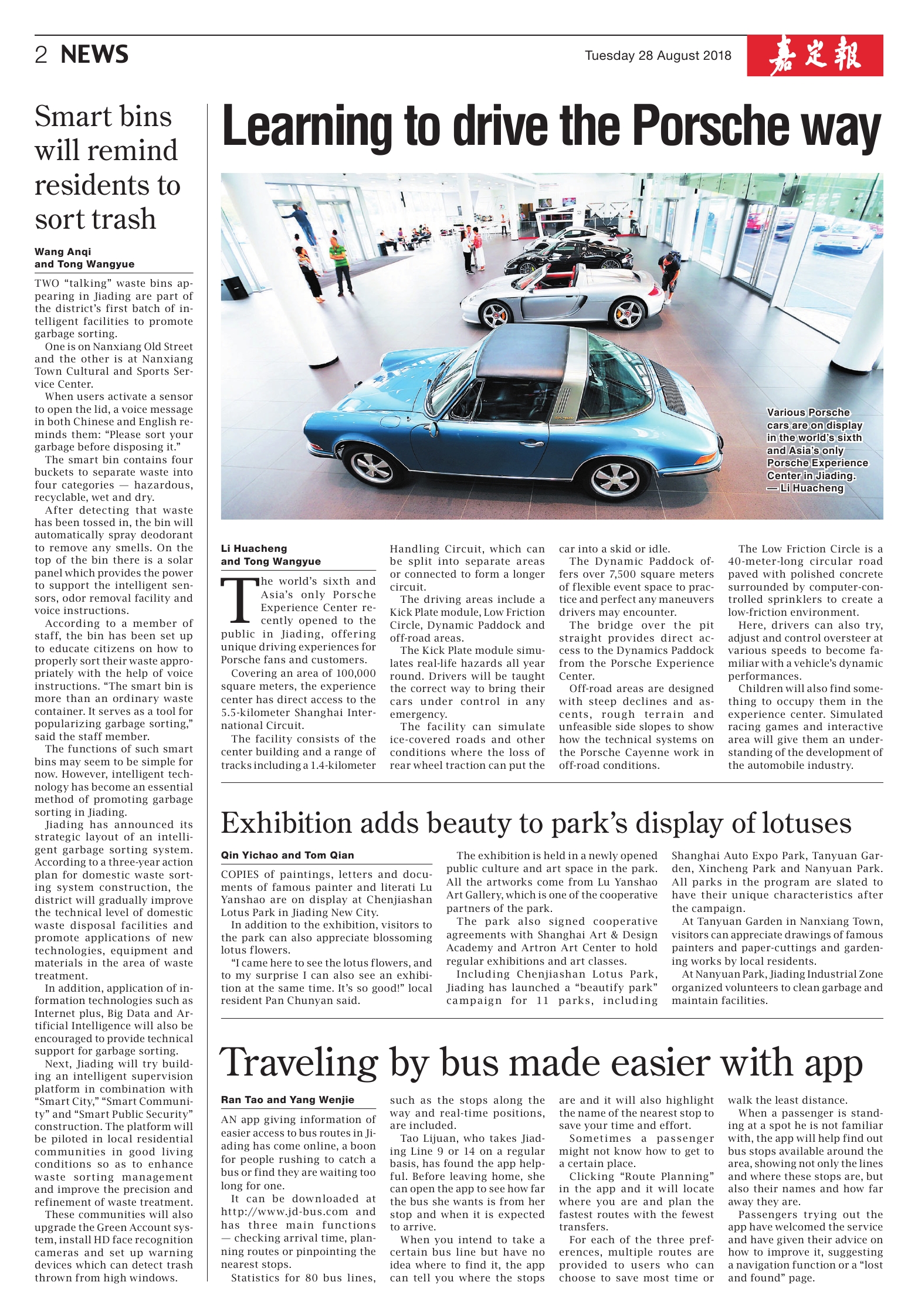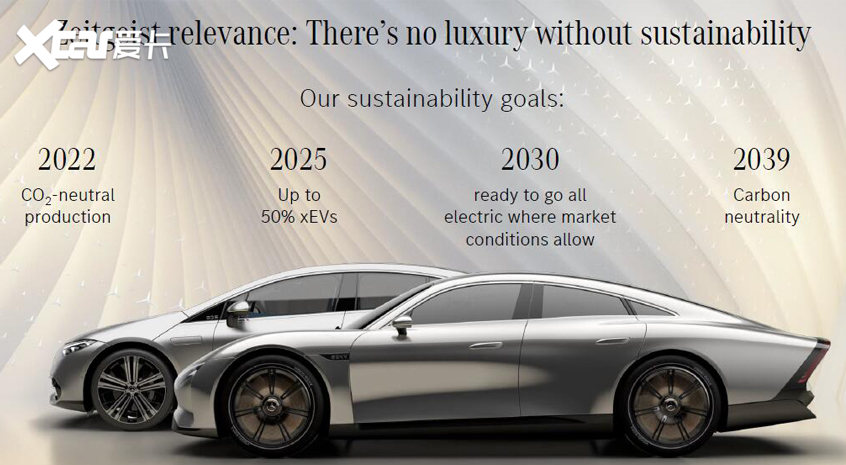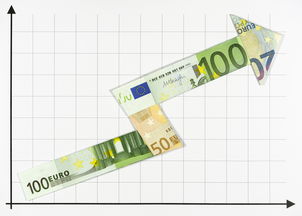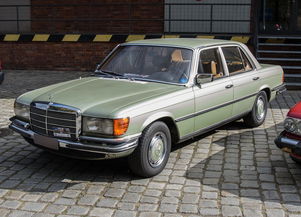The Art of Translating Luxury Automotive Brands into English
Luxury car brands are highly appreciated worldwide due to their unique design, superior quality, and advanced technology. However, translating these brands into English can present a challenge as the language differences and cultural nuances between China and Europe require careful consideration. The translation process involves not only accurately conveying the brand's name and image but also explaining its technical details and features. Effective translation strategies include using clear and precise language, ensuring consistency in style, and paying attention to cultural differences to avoid misunderstandings. By adopting a multi-layered approach, we can successfully translate luxury car brands into English while maintaining their original charm and appeal.
In the world of luxury automotive, every brand embodies a distinct identity and a sense of exclusivity that resonates with the wealthy and discerning. When it comes to translating these brands into English, language experts must delve deep into the nuances and intricacies of each term, encapsulating the essence of each vehicle while ensuring clarity and precision. This task is not just about conveying technical information but also about evoking emotions, immersing readers in the world of the car they are describing.
To begin with, the vocabulary used in automotive brand translations is vast and complex. It includes not only technical jargon and specifications but also references to design elements, interior features, performance characteristics, and even the history of each model. Each term is carefully crafted to reflect the brand's uniqueness and appeal. For instance, Mercedes-Benz might be translated as "Mercedes Benz," while BMW could be referred to as "Bayerische Motoren Werke" (BMW AG). These translations are not merely placeholders but reflections of the brand's heritage and the craftsmanship that goes into its creation.
Moreover, when translating luxury car brands into English, it is essential to capture the essence of their design philosophy. A car's exterior can be likened to a canvas on which designers have painted their vision of elegance and sophistication. Translations should convey not only the physical appearance but also the emotional impact of each model's design choices. For example, a Ferrari may be described as "Ferrari," which carries with it the imagery of a sleek, powerful machine ready for the racetrack. On the other hand, a Rolls-Royce may be referred to as "Rolls-Royce," which conjures up images of opulence and timeless elegance.
When it comes to interior design, luxury car brands often incorporate high-end materials and intricate details that make each vehicle feel like a work of art. Translations must highlight these features without overstating them, allowing readers to imagine the luxurious comfort that awaits them inside. For instance, a Porsche may be described as "Porsche," which suggests a combination of speed and style that is unmistakably Porsche. Similarly, an Audi may be referred to as "Audi," emphasizing the German manufacturer's commitment to innovation and quality.

Performance characteristics are another crucial aspect of luxury car brand translations. Each vehicle's capabilities must be accurately conveyed, from top speeds to handling prowess to fuel efficiency. Translations should aim to provide readers with a comprehensive understanding of what makes each model stand out from the rest. For example, a Lamborghini may be described as "Lamborghini," which suggests a blend of raw power and sophisticated engineering that sets it apart from its competitors.
When considering the cultural context, luxury car brands have been built upon centuries of tradition and expertise. Their translations must honor this legacy, capturing not only the product but also the story and values behind it. For instance, a Mercedes-Benz could be translated as "Mercedes-Benz," while a Rolls-Royce could be referred to as "Rolls-Royce." These translations are more than mere words; they represent the pride of their creators and the respect for their craftsmanship.
Finally, when translating luxury car brands into English, attention must be paid to the subtleties of language. Every detail counts, from the choice of words to the structure and flow of the text. A well-crafted translation will leave a lasting impression on readers, transporting them to the world of the car they are describing. For example, a description of a Ferrari's engine might be translated as "Ferrari's engine" rather than simply "the engine," which emphasizes the importance of this component to the car's performance.
In conclusion, translating luxury car brands into English is a delicate balance of precision, creativity, and cultural sensitivity. It requires not only knowledge of technical terms but also a mastery of language and a deep understanding of the brand's history and philosophy. As we continue to expand our global horizons, we must strive to bridge the language barriers that separate us and bring together the world's most exclusive and desirable automobiles in English.
在当今全球化的时代,汽车品牌翻译的重要性日益凸显,随着中国汽车市场的不断发展和开放,越来越多的国际汽车品牌进入中国市场,因此品牌名称的英语翻译质量直接关系到品牌形象和市场接受度,本文将探讨汽车品牌英语翻译的一些基本原则、方法和案例,以期帮助大家更好地理解这一领域的翻译实践。

汽车品牌翻译的基本原则
1、准确性原则
汽车品牌翻译的首要原则是准确性,品牌名称往往蕴含着企业的文化、历史和价值观,因此翻译时必须确保品牌的核心意义得到准确传达,BMW的中文译名“宝马”准确地传达了品牌的定位——提供高端、豪华的汽车产品。
2、简洁性原则
品牌名称通常要求简洁易记,因此在翻译时也要遵循这一原则,过于冗长或难以理解的译名可能会影响品牌在市场上的传播和接受度,Apple的中文译名“苹果”简洁明了,易于记忆。
3、文化敏感性原则
汽车品牌翻译还需要考虑文化差异,不同国家和地区的消费者对品牌的期望和认知可能有所不同,因此翻译时需充分考虑目标市场的文化背景和习惯,某些在西方文化中具有积极含义的品牌名称在翻译到中文时可能需要特别注意,以确保其含义在中文语境中仍然具有积极意义。

汽车品牌翻译的方法与案例
1、直译法
直译法是一种常见的汽车品牌翻译方法,即尽量保持品牌名称的原有形式和意义,这种方法适用于那些在两种语言中具有相似含义的品牌名称,Toyota可以直译为“丰田”,Ford可以直译为“福特”,这些译名在中文中既保留了品牌的原名,又传达了品牌的定位。
2、意译法
当品牌名称在直译后无法准确传达其含义时,可以采用意译法,意译法更注重传达品牌的核心意义,而不是拘泥于原文的形式,Chevrolet在中文中被译为“雪佛兰”,而不是直接翻译为“雪佛兰”,这样的译名更易于理解和记忆,另一个例子是Mercedes-Benz,被译为“梅赛德斯-奔驰”,既体现了品牌的豪华定位,又易于记忆和传播,一些新兴汽车品牌的命名也采用了意译法,如Tesla(特斯拉)、Nio(蔚来)等,这些译名在中文中具有积极的含义,有助于品牌在市场上的传播和接受,例如Tesla的中文名“特斯拉”,既体现了品牌的创新精神和科技定位,又符合中文的命名习惯,而Nio的中文名“蔚来”,则寓意着品牌追求美好未来的愿景和积极进取的精神,这些译名都充分考虑了目标市场的文化背景和习惯,体现了文化敏感性原则,除了以上提到的几个例子外,汽车品牌翻译还需要注意一些特殊情况的处理方法,对于一些具有特殊含义的品牌名称如logo等视觉元素也需要进行恰当的翻译和解释以确保品牌形象的一致性和完整性,此外还需要关注不同市场的语言习惯和消费者心理以便更好地满足市场需求和提升品牌竞争力,总之汽车品牌翻译是一项复杂而重要的任务需要综合考虑多种因素以确保翻译的质量和效果,通过遵循准确性、简洁性和文化敏感性等原则采用适当的翻译方法和策略我们可以更好地完成这一任务为汽车品牌的成功传播和市场拓展做出贡献,下面是一个关于汽车品牌翻译的表格总结:品牌名称英文名称 中文译名 翻译方法 案例分析BMW BMW 宝马 直译法准确传达豪华品牌定位Ford Ford 福特 直译法简洁明了GM General Motors 通用 意译法体现品牌多元化和实用性特点Toyota Toyota 丰田 直译法易于理解和记忆Tesla Tesla 特斯拉 意译法体现创新和科技定位三、结语随着汽车市场的全球化发展汽车品牌翻译变得越来越重要,本文介绍了汽车品牌翻译的基本原则、方法和案例旨在帮助大家更好地理解这一领域的实践并提升汽车品牌翻译的准确性和质量,在实际操作中我们需要根据具体情况综合考虑多种因素采用适当的翻译方法和策略以确保翻译的质量和效果为汽车品牌的成功传播和市场拓展做出贡献。
与本文知识相关的文章:



